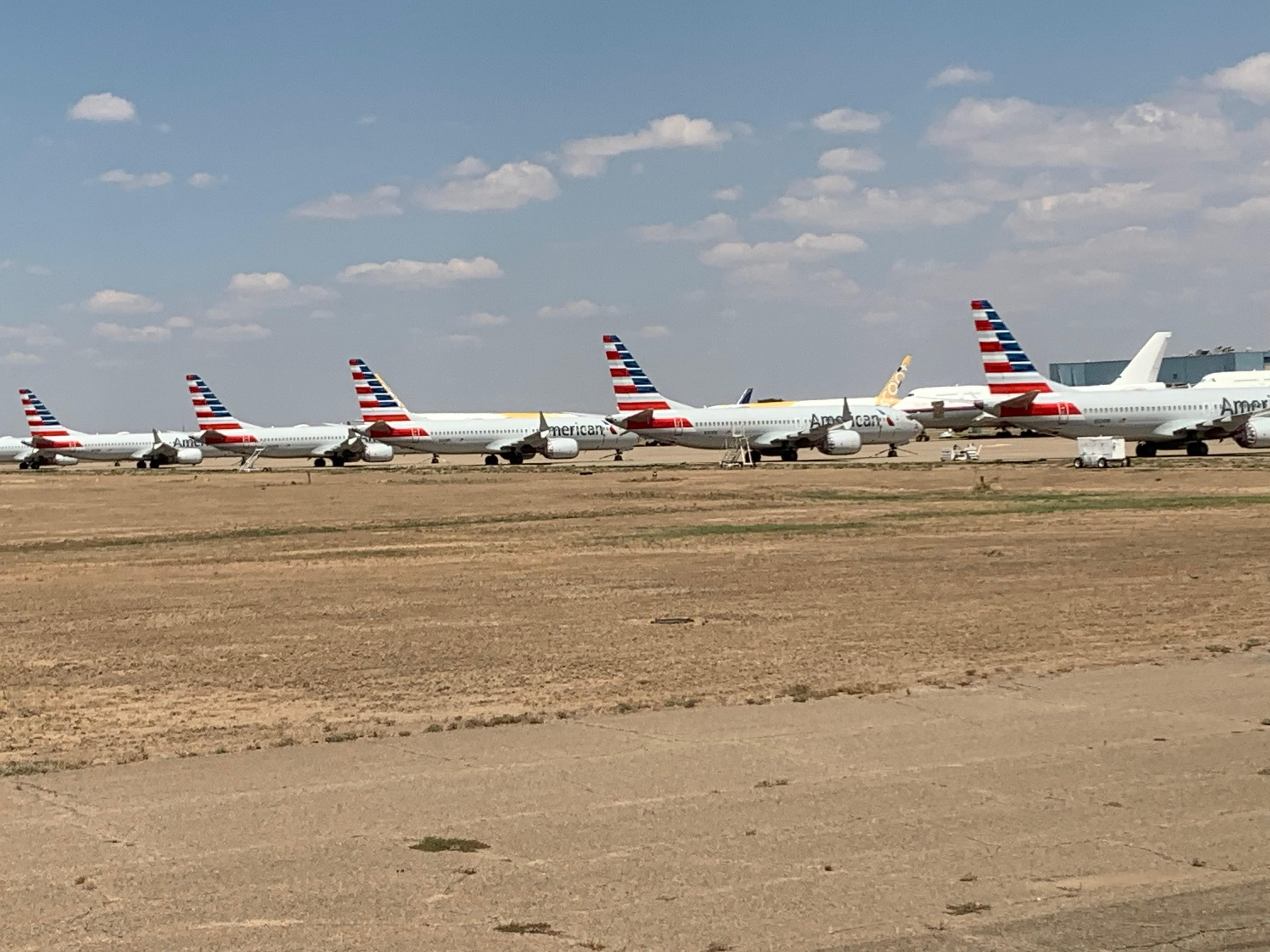
Airlines are drastically cutting their passenger flights in response to the novel coronavirus pandemic, which could take several months to contain. Credit Suisse estimates airlines could slash available seat kilometers by 70% in the second quarter.
As evidence, Avianca suspended international operations and cut domestic capacity by 84% as of Mar. 23. Emirates and Etihad Airways are suspending all passenger flights starting Mar. 25 for two weeks. United Airlines has cut 95% of its international schedule for April. Singapore Airlines is cutting 96% of its capacity until the end of April and is grounding 138 of its 147 aircraft.
With this backdrop and the many unknowns about containing the COVID-19 disease, and what measures individual countries will take to keep it contained, predicting when the aviation industry will recover is difficult.
Oliver Wyman has calculated three possible scenarios for travel demand, based on the numerous uncertainties around virus containment.
The most likely scenario, or baseline, will mean travel demand will bottom out from April through June in North America and Western Europe, but a full recovery will take 12-18 months.
For China, where COVID-19 broke out, Oliver Wyman’s baseline forecast predicts “recovery continues to plateau through March and early April,” followed by a return of economic activity—with the full recovery taking about 11 months.
For the rest of Asia-Pacific, the company predicts travel demand will be weak through the northern summer, taking 12-18 months to recover. For the rest of the world, expect traffic to bottom out in early summer and take 9-18 months to come back, except in the Middle East, which “will see the steepest declines, driven by international travel restrictions,” says Oliver Wyman.
However, traffic could recover faster or take longer. In the extreme case, Oliver Wyman predicts travel demand recovery to take:
- 18-24 months in North American and Western Europe
- 12 months for China
- Two years for the rest of Asia-Pacific
- 18-24 months for the rest of the world.
In the best-case scenario, all regions would recover in 6-10 months.
In total, Oliver Wyman expects $17-35 billion of its origin $90.7 billion 2020 MRO forecast demand to be wiped out. The biggest impact will be felt in North America and Western Europe, where the MRO market will lose $8-17 billion of the $42.8 billion Oliver Wyman originally forecast.
Expect today’s pandemic crisis to have a more devastating economic impact than 9/11, the 2003 SARS epidemic or the 2008 financial crisis and H1N1 outbreak. “The global in-service fleet in these prior events decreased 3.3-4.3% over a 2-4 month period,” with variations depending on the crisis and region, says David Marcontell, an Oliver Wyman partner. “The recovery period was 4-4.5 months for each percentage point of reduction,” he says, citing a 15-month recovery after 9/11 when 4.3% of the fleet was reduced.
Contrast this to today, with the wild card of how quickly economies recover. Marcontell thinks a “one month per percent of reduction is in the right boundary, which would translate in up to 24 months to fully recover from a fleet standpoint, depending on when the recovery period begins.”
Given this, expect a large number of aircraft to be parked. Whether they return to service will depend on factors such as age, fleet type and pending maintenance requirements.
Because airlines are in cash conservation mode, Marcontell expects them to stop maintenance work when they can, as quickly as they can. “Anything that requires money being spent—for material or third-party MRO services—will stop,” he says.
Even when travel demand does start to resume, the need for MRO services will be slower because not only will the in-service fleets be smaller, but Marcontell expects airlines to cannibalize aircraft for parts and defer maintenance when possible.
“In the next couple of weeks, you’ll see a rash of cancellations of work and purchase orders in the aftermarket supplier community,” he says. “This is going to turn into a real crisis for the MRO community.”





